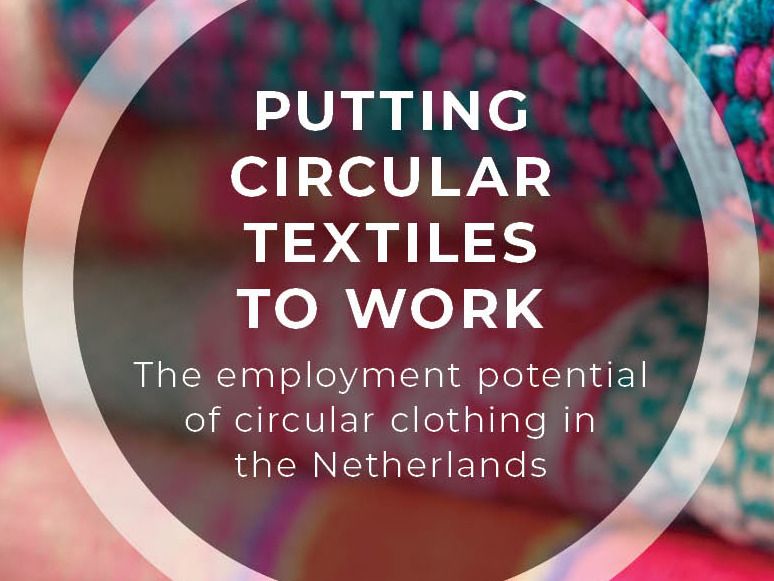
Added: Jun 28, 2021
Last edited: Oct 05, 2022
The Netherlands has set an ambitious goal: full circularity by 2050 and halved resorce consumption by 2030. Meeting this goal require change spanning sectors -and the textile and clothing industry, which releases 1.2 billion tonnes of CO2 each year- must be prioritised. This report dives into three scenarios for a circular clothing industry in the Netherlands, analysing the employment impact of each. It explores how different strategies -ranging from a shift in consumption patterns to a prioritisation of repair to an increased focus on textiles cycling- will impact the job market, and dives into the skills that will be needed to support a circular clothing industry.
In the Netherlands, approximately 800 to 900 million pieces of clothing are purchased every year. Women's clothing leads the way, accounting for just over half of the average household expenditure on clothing, followed by men's and finally children's apparel. In the past few decades, clothing prices in the Netherlands have also dropped: allowing citizens to purchase more for less. This trend hides structural issues within clothing production and its associated working conditions.
Circle Economy and HIVA - KU Leuven have found that a scenario that prioritises clothing reuse locally presents the most impactful employment potential for the Dutch clothing value chain, creating 25% more jobs that business as usual in 2050. The highest increase stems from local collection and waste sorting activities. Reuse is also bolstered due to a growing second-hand market, resulting from second-hand retail stores becoming more prevalent and increased repair and maintenance services.
In a fully-circular textiles scenario, new jobs in the repair sector will emerge: from (re)manufacturing designers to employees that can assess the quality of second-hand garments. Resale collection managers and technical, associate and professional level workers in technology and e-commerce will come to the fore in resale, while increased collection and sorting will see a boost in the number of textile collectors and sorters.


Product maintenance, repair
Second-hand sale, distribution
Leasing, rental, pay per use
Design for physical durability
Increase Awareness
Jobs
Reduce Emissions (SDG13)
Reduce Material Consumption (SDG12)
Minimise Waste (SDG12)
Encourage workplace training
Advocate for circular change
Maintenance to extend useful life
Extended Producer Responsibility
circular textiles
Circular Skills
jobs
